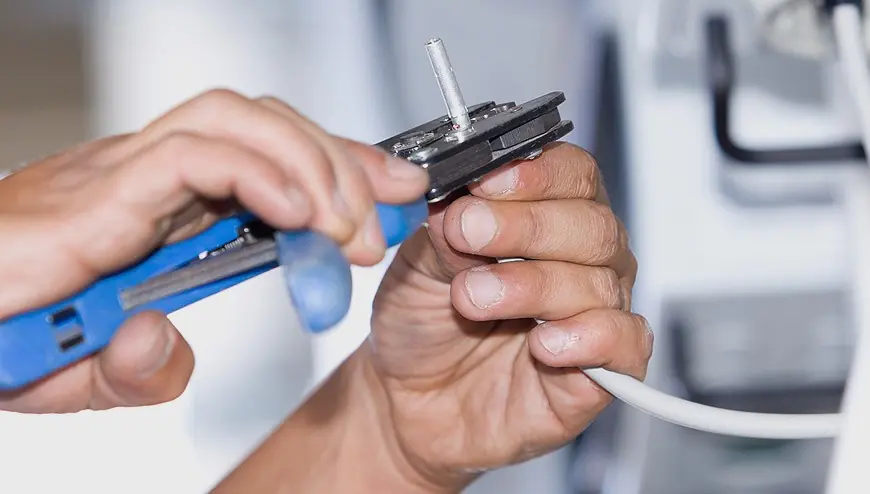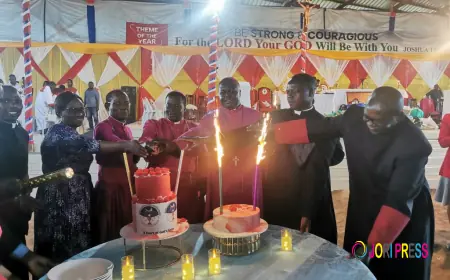Expert Guide to Water Heater Installation and Water Heater Wiring Installation

Installing a water heater is one of the most important tasks for ensuring reliable hot water supply in any home or business. While many homeowners focus only on choosing the right water heater, proper water heater installation and professional water heater wiring installation are equally critical for safety, performance, and long-term efficiency. Whether you’re upgrading an old system or setting up a new unit, understanding the process of electric water heater wiring installation can help you make informed decisions, avoid costly mistakes, and ensure compliance with electrical codes.
In this detailed guide, we’ll break down everything you need to know about water heater setup, wiring requirements, and why expert installation is essential.
1. Importance of Professional Water Heater Installation
A water heater is a high-energy appliance that requires careful handling. Incorrect installation can result in:
-
Reduced efficiency and higher energy bills.
-
Frequent breakdowns or reduced lifespan of the heater.
-
Electrical hazards, short circuits, or even fire risks.
-
Voided warranty due to non-compliance with manufacturer requirements.
Hiring a qualified technician ensures that your water heater is installed according to local building codes, electrical safety standards, and manufacturer guidelines.
2. Step-by-Step Overview of Water Heater Installation
While the exact process can vary depending on the type (tank, tankless, hybrid) and brand, the general steps include:
-
Planning and Assessment
-
Evaluating your home’s hot water needs.
-
Choosing the right heater capacity (30, 40, or 50 gallons for residential use).
-
Ensuring correct placement with adequate space and ventilation.
-
-
Shutting Down Utilities
-
Turning off the main water supply.
-
Disconnecting existing electrical connections safely.
-
-
Mounting or Positioning the Unit
-
Tank water heaters are placed on a secure base.
-
Tankless heaters are wall-mounted with proper clearance.
-
-
Connecting the Plumbing System
-
Attaching cold-water inlet and hot-water outlet.
-
Adding shutoff valves and pressure relief systems.
-
-
Performing the Electrical Setup
-
This step involves water heater wiring installation, which must always follow NEC (National Electrical Code) standards.
-
3. Understanding Water Heater Wiring Installation
Most modern water heaters, especially electric ones, require a dedicated electrical circuit. Incorrect wiring can cause tripped breakers, damage to heating elements, or dangerous electrical faults.
Key Considerations in Water Heater Wiring Installation:
-
Dedicated Circuit: A water heater should have its own breaker (usually 30-40 amps for residential models).
-
Correct Wire Size: Typically, 10-gauge copper wire is used for a 30-amp breaker. Using undersized wire can overheat and cause fire risks.
-
Proper Grounding: Essential for electrical safety.
-
Breaker Compatibility: Ensure the circuit breaker matches the water heater’s voltage and amperage requirements.
-
Compliance with Codes: All wiring must adhere to NEC and local regulations.
4. Detailed Process of Electric Water Heater Wiring Installation
Here’s how professionals typically handle the wiring process:
-
Turn Off Power – Always shut off power from the main panel before starting.
-
Install a Junction Box – Positioned on or near the water heater for secure connections.
-
Run Electrical Cable – Using conduit or approved wiring methods, the cable is run from the panel to the junction box.
-
Make the Connections:
-
Black wire connects to one heater lead.
-
Red wire connects to the other lead.
-
Green or bare wire connects to the ground screw.
-
-
Secure and Insulate – All connections are fastened with wire nuts and electrical tape for protection.
-
Test the Circuit – After refilling the tank with water, the circuit breaker is turned on to test for correct operation.
5. Common Mistakes to Avoid in Water Heater Wiring Installation
-
Using the wrong breaker size.
-
Skipping grounding or using faulty connections.
-
Powering on the heater before filling the tank (causes dry firing of elements).
-
DIY installation without understanding electrical codes.
6. Benefits of Professional Electric Water Heater Wiring Installation
-
Safety First: Reduces fire and shock hazards.
-
Efficiency: Ensures your heater operates at peak performance.
-
Longevity: Proper wiring prevents wear on heating elements.
-
Warranty Compliance: Most manufacturers require licensed installation.
7. Conclusion
When it comes to water heater installation, every detail matters—from proper plumbing connections to expert water heater wiring installation. Especially with electric water heater wiring installation, following professional standards ensures not only a steady supply of hot water but also the safety of your household.
If you’re planning to install or upgrade a water heater, avoid the risks of DIY setups. Always consult licensed electricians and plumbing professionals to get the job done right. A properly installed water heater will save you money, improve energy efficiency, and provide peace of mind for years to come.
What's Your Reaction?
 Like
0
Like
0
 Dislike
0
Dislike
0
 Love
0
Love
0
 Funny
0
Funny
0
 Angry
0
Angry
0
 Sad
0
Sad
0
 Wow
0
Wow
0



















































